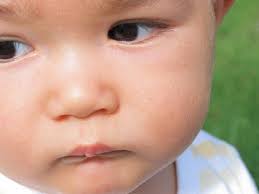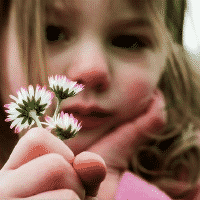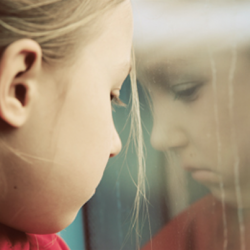Children ages 0-3

Infants and toddlers do grieve. If a person who had consistently been present in a baby’s life dies, the child will have a sense of something missing, regardless of age. The primary caregiver is most missed by young children: the sound of their voice, facial expressions, smell, and the activities they shared. Just because their verbal expression is limited doesn’t mean that a very young child isn’t grieving.
Children ages 3-6

Children at this age need to understand that death is irreversible.
A young child often doesn’t initially respond to hearing that someone has died. This lack of response leaves many parents concerned when their child has no immediate reaction or visible grief. It’s important to understand that children don’t think death is permanent at this age.
Children in this age group do not comprehend the concept of death. A person is gone, then they are there. In cartoons, television shows, and movies, children see characters “die” and then come back to life constantly. Having viewed “death” countless times, it’s not surprising that children believe it is a temporary condition.
Children may view death as a temporary separation, and adults unwittingly play a role in creating this view. Adults often talk about the person who died as having “gone away” or like someone they “lost.” With that misunderstanding, a child may feel angry when their loved one doesn’t call or return for essential occasions, ultimately leaving them feeling abandoned. When a person is gone and then remains absent for events and other times when they would typically be present, a child may grieve each time they believe their person will return but doesn’t.
If children don’t think of death as being permanent, they have little reason to begin to mourn. Mourning is a painful process that requires people to adjust their ties to the person who has died. An essential first step in this process is understanding and accepting that the loss is permanent.
Children ages 6-9
 Children at this age may have already begun to develop an understanding of the irreversible nature of death. Curiosity about details might be more substantial at this age level. As they process the death, fears may arise, making clear conversations and support critically important. Guidelines for this age group are similar to that of children ages 3–6. Be prepared for more questions, but you don’t need to include many details. Children will ask if they want to know more.
Children at this age may have already begun to develop an understanding of the irreversible nature of death. Curiosity about details might be more substantial at this age level. As they process the death, fears may arise, making clear conversations and support critically important. Guidelines for this age group are similar to that of children ages 3–6. Be prepared for more questions, but you don’t need to include many details. Children will ask if they want to know more.
Children ages 9–12

As children become older, they begin to grasp the concept of death. Their “death data bank” grows. They start to understand that the person will never return because they are dead, and “dead” begins to take on a definite meaning. Children at this age grasp the permanence of death but may feel removed from the experience. Interest in the vivid details may be more substantial as they attempt to understand what has happened. This isn’t morbid or unnatural — it’s just part of their process.
Children at this age may also express more concern over practical issues, such as how this will affect them and their daily routine. For example, they may ask who’s going to take them to where the person who died used to take them. The child isn’t being selfish or uncaring; instead, they are finding ways to break the loss into smaller parts, allowing them to process it. Listen carefully when they express themselves or their concerns; as a child, they may not be able to articulate their feelings clearly.
Children often appreciate being offered photographs and possessions of the deceased person to support their grieving process. Allow them to have some articles of clothing that belonged to the person, to play with toys or objects, and to have pictures. Let them choose the items they want and what they want to do with them.
This age group is ready for more information, but remember that this is a crucial development time. A “tween” has one foot in childhood and one in adolescence; even without grief and loss, this developmental stage is an exciting and scary place for some children.
Teenagers

Often, teens lean on their friends more than family, which is developmentally normal and shouldn’t be discouraged, even as they grieve. Teens need support in the most meaningful and “accessible” ways, and friends can provide that.
Teens and children in prepubescent years experience hormonal changes and mood swings that might intensify during grief. They need to be educated about the normal reactions to grief, and reading the Understanding Grief section of this site may help. Children in this age group need to know they are not going crazy and can trust how their minds, bodies, and emotions are reacting.
Encourage teens to express what the grief experience is like for them. Recognize and affirm that their experience is likely different from others in the family. Model appropriate expressions of emotion yourself so that they can follow your example. If they prefer not to talk, suggest using other outlets: writing in a journal, art, photography, sports, music, etc. Suggest that they can create a memorial or connect with peers grieving a similar loss to diminish any feelings of isolation. Teenagers must have some say in what they do or don’t do to memorialize the person who died and how they express their feelings. Often teens feel a loss of control. So, regaining it — even in a small way — is essential.

